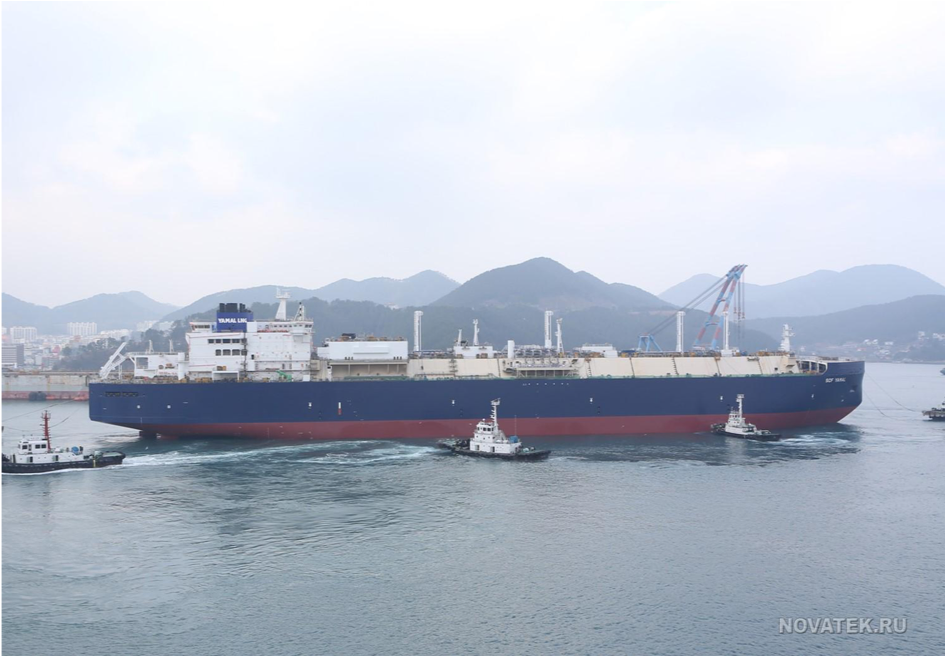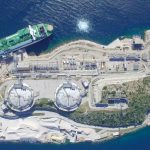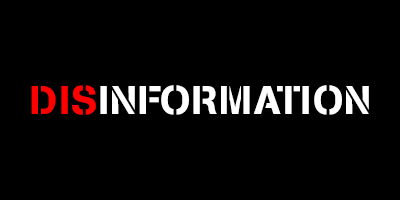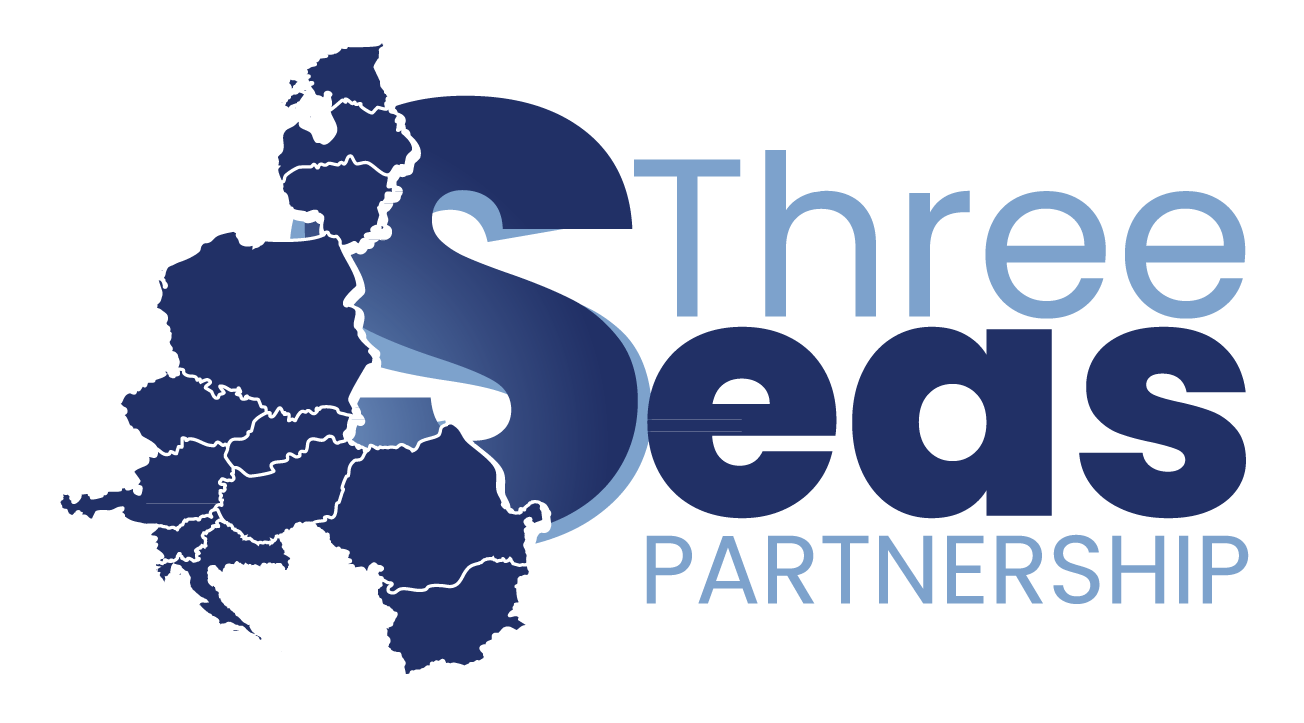RUSSIA MONITOR
Date: 14 April 2018
Gazprom not relishing the Novatek’s LNG
A next stage of the Russian liquefied gas sector development has begun. With the beginning of April, an export terminal of Yamal LNG started fulfilling long-term contracts – mainly with receivers from Asia. The problem is that this is a project of private Novatek company, which causes deep dissatisfaction of the state-owned monopolist Gazprom. But tips and complaints will not help as Novatek is one of the most valuable and important energy companies belonging to people from Vladimir Putin’s business surrounding.

Novatek is the biggest independent gas producer in Russia, and in respect of amount of extraction gives way only to the state-owned Gazprom. Deposits and licensed shares of the co-partnership are cumulated in Yamalo-Nenets Autonomous Okrug, the biggest natural gas extraction region in the world (80% of Russian production, 16% of world production). The main Novatek shareholders are: Leonid Mikhelson (24.76%), Gennady Timchenko’s Volga Group (23.49%), Total E&P Arctic Russia (15.16%), Gazprom (9.99%).
Novatek has the majority ownership in Yamal LNG, the first gas export project in Russia not connected directly with Gazprom. Novatek has 50.1% of shares, French Total – 20%, Chinese CNPC – 20%, The Silk Road Fund – 9.9%. An export terminal started working in December 2017. Since then, 19 tankers have been sold on the spot market. Part of sold LNG entered Europe. Long-term contracts, however, started being fulfilled in April. Over 96% of supplies from Yamal LNG is contracted for 20 years by customers from Asia. Current capacity of the terminal is 16.5 million tonnes of LNG per year, which is 23 billion cubic metres of natural gas. Eventually, this is to be tripled.
Departure of the first tanker from the terminal within the long-term contract means the end of Gazprom’s monopoly on gas export. The state-owned company delivers a raw material mainly to Europe, but it also plans major supplies to China through a Power of Siberia gas pipeline under construction. But Gazprom attacks Novatek not only due to the rivalry in Asia. The company, concerned about the competition, sent a letter to the Minister of Energy Alexander Novak. In the letter, Gazprom writes that it is necessary to “exclude” the competition between Russian gas transported through pipelines and liquefied gas on export markets. It proposes conducting “an analysis of the influence of LNG supplies from Yamal LNG project on the amount and effectiveness of Russian gas supplies through pipelines to the object export markets”. Gazprom warns that the competitive LNG may even impair the Russian budget. It reminds that Russian gas supplied through pipelines both now and in a long-term prospects remains “the main source of providing energy security of Europe and incomes into the Russian Federation budget”. Gazprom earlier expressed its concerns raised by the LNG terminal launching.
In December one of the company managers said that liquefied gas supplied by Novatek would begin to supersede Gazprom’s gas. It would result in budget losses (as Gazprom is a state-owned company, while Novatek is private) – about 4,000 roubles for 1,000 cubic metres. Neither Putin during the opening of the terminal, nor Novatek chairman Leonid Mikhelson had such concerns. The latter stressed that his company wanted to focus on the Asian market.
Thanks to a severe winter, but also the LNG terminal launching, Novatek registered an increase in gas sales in the first quarter – by 8%, to the level of 20.26 billion cubic metres, including 0.96 billion cubic metres of LNG. The company compensates gaps in its own extraction with a raw material bought from joint companies with other producers, mainly from Arktikgaz (joint venture with Gazpromneft). This year, Novatek has already bought at auction gas assets of Alrosa company (for 30.3 billion roubles). After a longer break Novatek registered also an increase in gas extraction. In the first quarter of 2018 it has risen by 2.2% to 16.51 billion cubic metres. In such a way the pattern of production fall, started in the third quarter of 2016, was overcome.
_________________________________
All texts published by the Warsaw Institute Foundation may be disseminated on the condition that their origin is credited. Images may not be used without permission.















